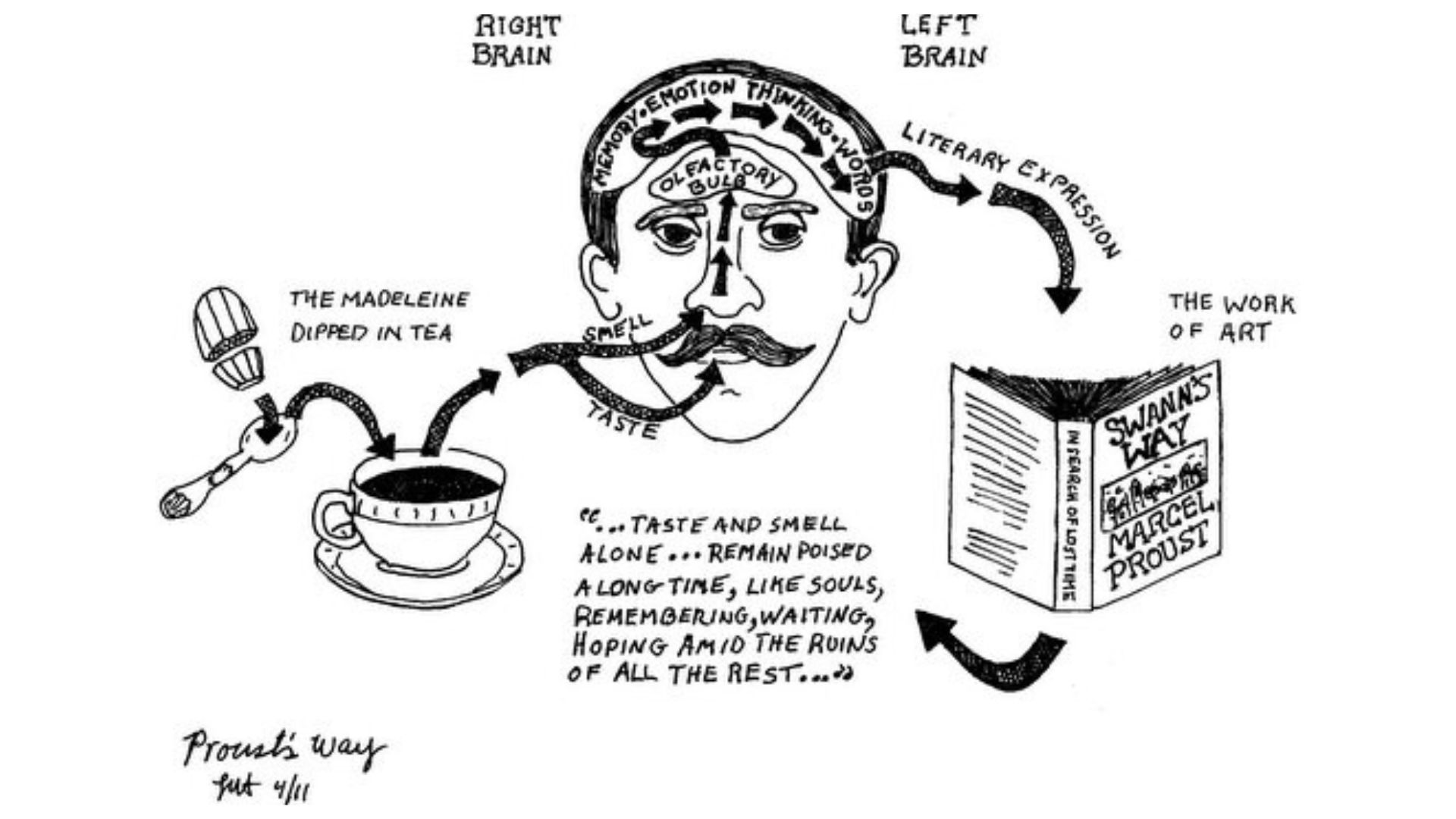VR Therapy for Hoarders: Stanford Study Shows Effective Treatment

Extended Reality
3-minute read
Can virtual reality (VR) actually help us declutter in real life? Research from Stanford Medical School suggests that VR therapy can assist individuals with hoarding disorder in practicing the removal of clutter from their homes, offering new possibilities for hoarding disorder treatment.
 Even Marie Kondo recently admitted that she's not as fond of tidying up anymore... (Source: Marie Kondo)
Even Marie Kondo recently admitted that she's not as fond of tidying up anymore... (Source: Marie Kondo)
The Challenge of Hoarding Disorder
Let's first understand what hoarding disorder entails. It's not just about being too lazy to tidy up. Those with the disorder find it difficult to part with old possessions or to stop excessively acquiring or collecting items, even if they are seen as unnecessary clutter by others. The process of discarding these items can cause them immense stress. Over time, the accumulated clutter can negatively impact their relationships, work, and even their living safety and hygiene.
It wasn't until 2013 that hoarding disorder was officially recognized as a distinct condition in the Diagnostic and Statistical Manual of Mental Disorders (DSM-5). In the United States, about 2.5% of the population is affected by this disorder, although this figure might be underestimated as many are reluctant to admit their struggles with hoarding.
Carolyn Rodriguez, the lead author of the study and a professor of psychiatry and behavioral sciences at Stanford Medical, notes, "Unfortunately, the social stigma associated with hoarding disorder makes it difficult for sufferers to seek help, and they may be unwilling to let others enter their homes to assist them."
Clinicians like Rodriguez occasionally make house calls to help patients practice decluttering. However, the severity of some patients' hoarding can prevent even medical teams from entering their homes, and leaving the situation unaddressed could worsen it. This is where the idea of using VR therapy to create a safe environment for decluttering practice came into play.
How VR Can Help You Let Go
In the study, Rodriguez's team invited nine hoarding disorder patients over the age of 55 to photograph the most cluttered room in their homes and 30 items within it. They then created a virtual replica of their homes. The team guided participants individually in VR therapy, teaching them decluttering techniques and allowing them to practice disposing of items by recycling, donating, or throwing them in the trash—complete with a virtual garbage truck to haul them away. After practicing in VR, participants attempted to discard the corresponding items in their actual homes.
Like many mental health issues, the exact causes of hoarding disorder are unclear. Rodriguez suggests it may involve problems with organizational decision-making, attention, or emotional regulation. Hoarding disorder patients often fear that giving up cherished items will result in a loss of security or identity. The VR therapy experience can serve as a stepping stone, allowing patients who experience significant stress and fear from discarding items to dip their toes in the water.

The virtual decluttering practice space. (Source: Stanford Medicine)
So, What Were the Results?
Out of the nine participants, seven reported a reduction in their hoarding symptoms, with an average decrease of 25%; according to clinical visual assessments, eight participants had reduced clutter in their homes, with an average reduction of 15%. While the degree of improvement was comparable to that of traditional group therapy, the key takeaway is that this preliminary small-scale experiment showed that VR therapy is feasible and acceptable, even for older patients, making hoarding disorder treatment more engaging.
 Virtual reality allows participants to objectively examine their possessions. (Source: Stanford Medicine)
Virtual reality allows participants to objectively examine their possessions. (Source: Stanford Medicine)
This initial study demonstrates the potential of VR therapy in the treatment of hoarding disorder. We're not only witnessing how technology can reshape our relationship with our possessions, but also discovering how tech can help reach into the depths of a patient's psyche to spark joy and also to initiate profound changes.


